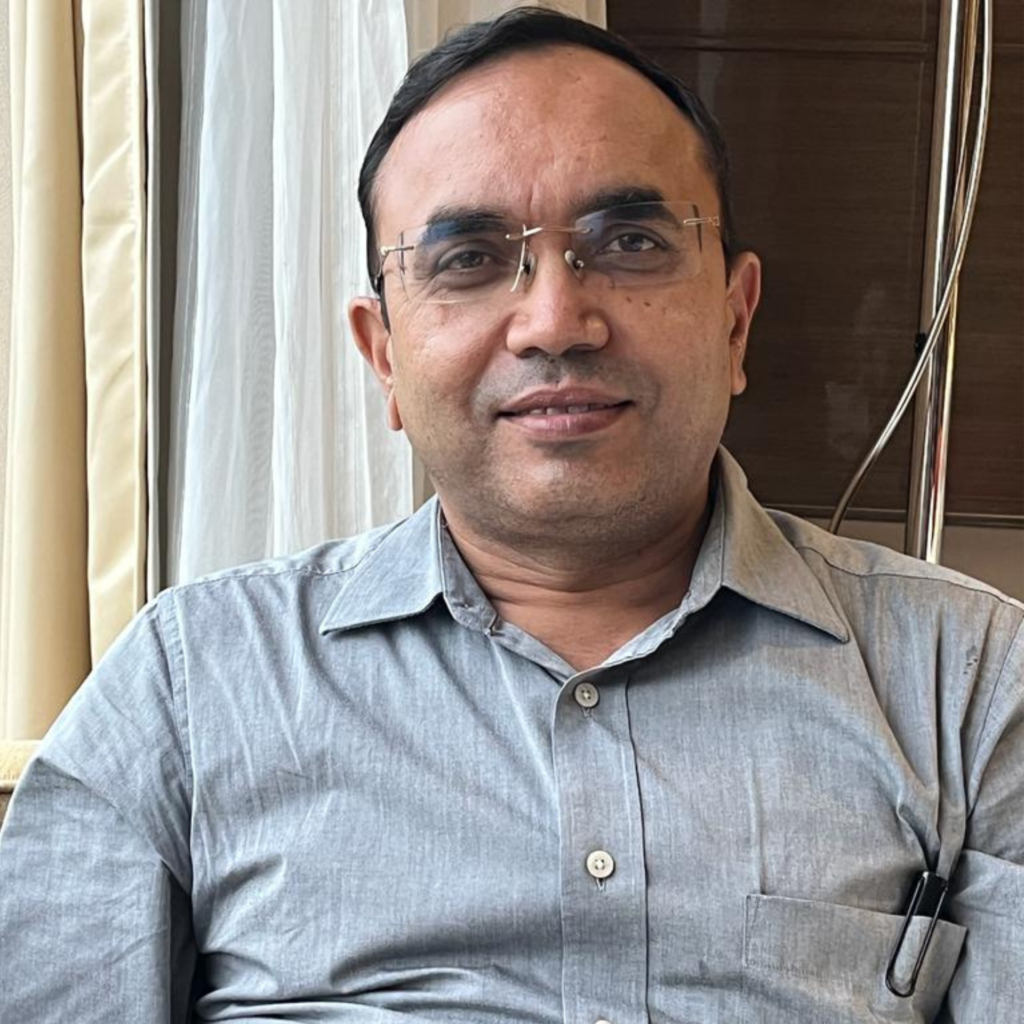- Home
- About Us
- Doctors
- Specialties
- Bariatric Surgery
- Bone Marrow Transplant
- Cancer
- Cardiology
- Cardiovascular And Thoracic Surgery
- Critical Care Medicine
- Dental Surgery
- Dermatology & Cosmetology
- Diabetic Foot Care
- Ear, Nose & Throat
- Endocrinology
- Fetal Medicines
- Gastroenterology
- General Medicine
- General Surgery
- HPB & Gastrointestinal Surgery
- Interventional Radiology
- IVF
- Kidney Transplant
- Laparoscopic Surgery
- Liver Transplant
- Medical And Hemato Oncology
- Neurology
- Neuro & Spine Surgery
- Nephrology And Dialysis
- Nuclear Medicine
- Orthopedic
- Ophthalmology
- Obstetrics And Gynecology
- Pathology Laboratory
- Pediatric
- Peripheral Vascular And Endovascular Surgery
- Physiotherapy and Rehabilitation
- Plastic Reconstruction
- Plastic & Cosmetic Surgery
- Pulmonary Medicine
- Radiation Oncology
- Radiology
- Robotic Surgery
- Surgical Oncology
- Urology
- Facilities
- Patient Area
- Testimonials
- Media
- Contact Us
Lumbar Spine Fusion Surgery
Solid Foundations, Active Futures: Lumbar Spine Fusion Surgery for Lasting Stability
Welcome to our Spinal Surgery Center, where we specialize in advanced procedures such as Lumbar Spine Fusion Surgery. Lumbar spine fusion is a surgical procedure designed to stabilize and alleviate pain in the lower back by joining two or more vertebrae together. This procedure is commonly recommended for conditions such as degenerative disc disease, spinal stenosis, spondylolisthesis, and certain types of fractures.
What is Lumbar Spine Fusion Surgery?
Lumbar spine fusion surgery is a medical procedure aimed at stabilizing the lower back by joining two or more vertebrae. This surgical intervention is often recommended for individuals experiencing severe back pain, instability, or other conditions that haven’t responded to non-surgical treatments. Understanding the procedure, its indications, and the recovery process is crucial for those considering or undergoing lumbar spine fusion.
Indications for Lumbar Spine Fusion
- Degenerative Disc Disease: When the discs between vertebrae break down, causing pain and instability.
- Spondylolisthesis: For cases where the vertebrae slip out of place, causing nerve compression and pain.
- Spinal Stenosis: When the spinal canal narrows, putting pressure on the spinal cord and nerves.
- Fractures or Trauma: Surgical fusion may be necessary to stabilize the spine after severe injuries.

Types of Lumbar Spine Fusion
- Posterolateral Fusion: Fusion is performed from the back of the spine.
- Interbody Fusion:
- Anterior Lumbar Interbody Fusion (ALIF): Fusion is approached from the front.
- Posterior Lumbar Interbody Fusion (PLIF): Fusion is performed from the back.
- Transforaminal Lumbar Interbody Fusion (TLIF): A variation of PLIF, preserving more bone.
- Lateral Lumbar Interbody Fusion (LLIF): Fusion is approached from the side.
The Surgical Procedure
- Anesthesia: The patient is put under general anesthesia to ensure they are unconscious and pain-free during the procedure.
- Incision: A small incision is made at the surgical site, determined by the chosen fusion technique.
- Disc Removal: If performing an interbody fusion, the damaged disc is removed to make space for the graft.
- Graft Placement: A bone graft (autograft, allograft, or synthetic) is inserted to encourage fusion between the vertebrae.
- Instrumentation: Metal plates, screws, or rods may be used to stabilize the spine during the fusion process.
- Closure: The incision is closed, and the patient is moved to a recovery area.
Recovery and Rehabilitation
- Hospital Stay: Patients may stay in the hospital for a few days to monitor recovery.
- Immobilization: A brace may be worn to restrict movement and support the healing spine.
- Physical Therapy: Gradual introduction of exercises to enhance strength and flexibility.
- Pain Management: Medications are prescribed to manage post-surgical pain.
Risks and Complications
- Infection: A risk with any surgical procedure.
- Nonunion: The bones may not fuse properly.
- Instrumentation Issues: Hardware may break or move.
- Nerve Damage: Potential damage to surrounding nerves.


